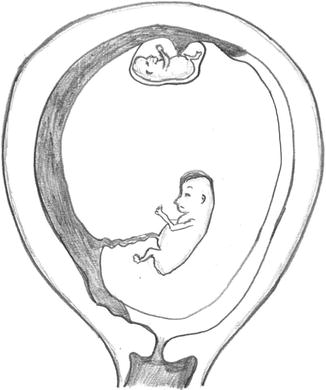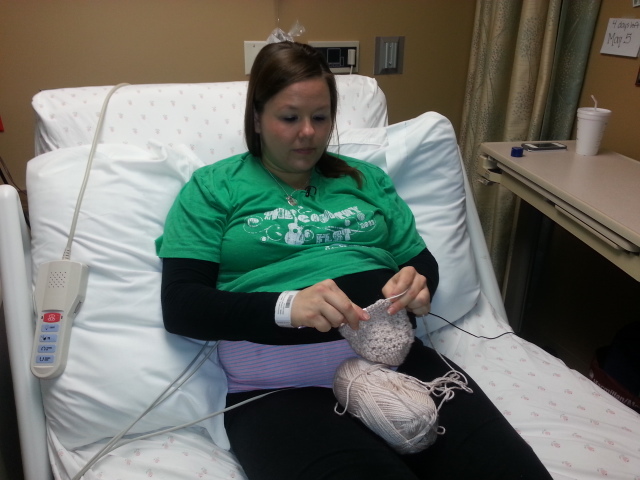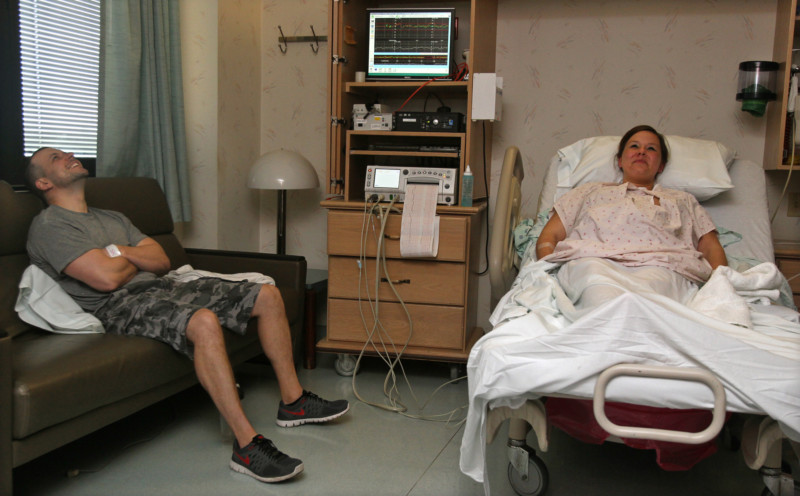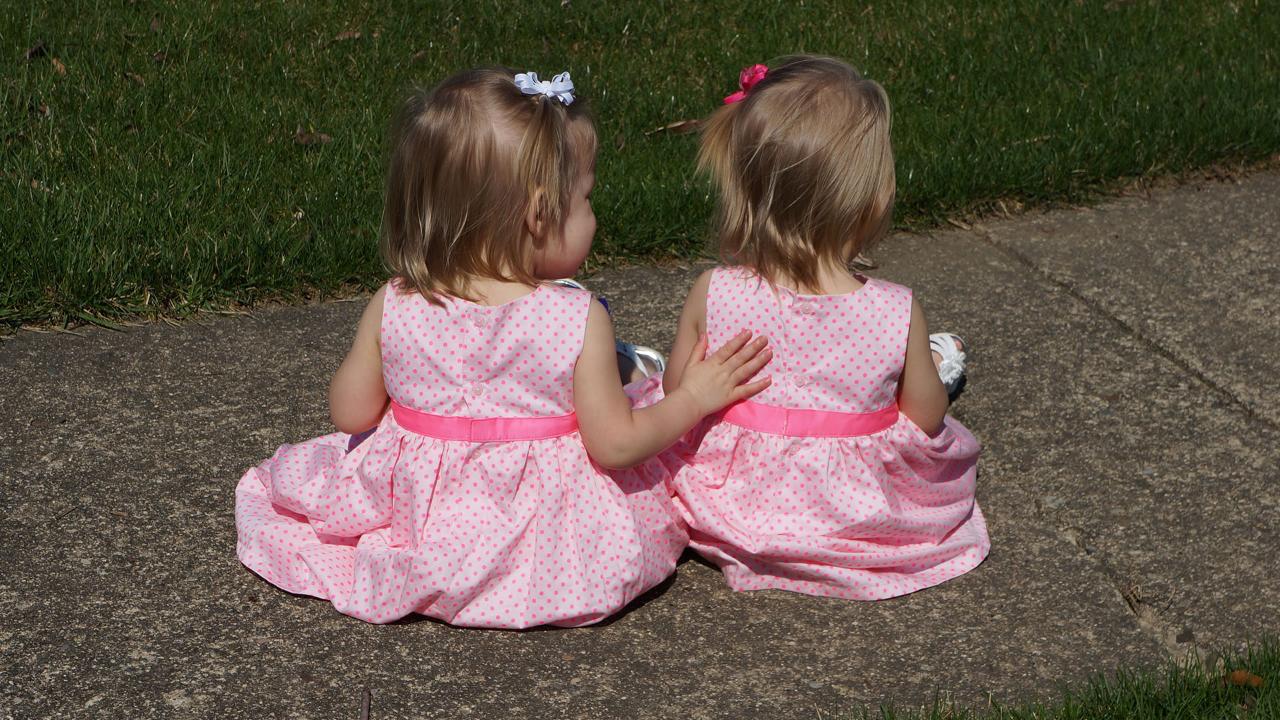More Than Usual
 As the situation was unusual, Sarah needed special medical attention. She had to go to see the doctor more than usual. Till now they did not know whether it was going to be girls or boys or both. Nevertheless, they were very thrilled.
As the situation was unusual, Sarah needed special medical attention. She had to go to see the doctor more than usual. Till now they did not know whether it was going to be girls or boys or both. Nevertheless, they were very thrilled.
Another Revelation
 In 19 weeks of pregnancy, Sarah and Bill learned that they were having monoamniotic twins. The revelation was made in the third ultrasound. That made their case counted as to be one in a million. But that is not what made this twins stun the world. An incident more surprising than this one was coming their way.
In 19 weeks of pregnancy, Sarah and Bill learned that they were having monoamniotic twins. The revelation was made in the third ultrasound. That made their case counted as to be one in a million. But that is not what made this twins stun the world. An incident more surprising than this one was coming their way.
Why Different

What made the twins different from other twins was the fact that they were “monoamniotic twins.” It is a very rare condition in which twins have same amniotic sac during the time of pregnancy. The condition is equally dangerous as sharing one sac can prove fatal to the unborn children. Dr. Mancuso, who attended to Sarah said, “It’s the rarest form of twinning and it carries the most risk.” The doctors advised Sarah to take extra care. However, things got a bit complicated that made doctors take this step.
Tangled Off

As mentioned earlier, this condition called for higher risk and that is why Sarah was told to take complete bed rest for 57 days. It was important for her as moving a lot during pregnancy could lead to the tangling or straining of the sac. Dr. Mancuso explained, “Because they’re sharing the same amniotic sac, their umbilical cords can become tangled as they’re growing and moving which can cut off blood supply to one or both twins.” However, nobody knew this amazing proximity to each other was going to change the life of not only these kids but also everyone surrounding them.
57 Days

During those 57 days, Sarah was watched closely by the doctors. Every movement of her was monitored closely. And not only that she was suggested to not to go for certain movements as they could harm the kids. The day was approaching and Sarah’s nervousness was increasing day by day.
Observation Time
 Dr. Mancuso stated, “At that point, we admit the mom into the hospital for monitoring so we can watch for evidence that the babies’ cords are going to get tangled.” She continued, “We watch the babies’ heart rates from the time the mom is admitted through delivery.”
Dr. Mancuso stated, “At that point, we admit the mom into the hospital for monitoring so we can watch for evidence that the babies’ cords are going to get tangled.” She continued, “We watch the babies’ heart rates from the time the mom is admitted through delivery.”
